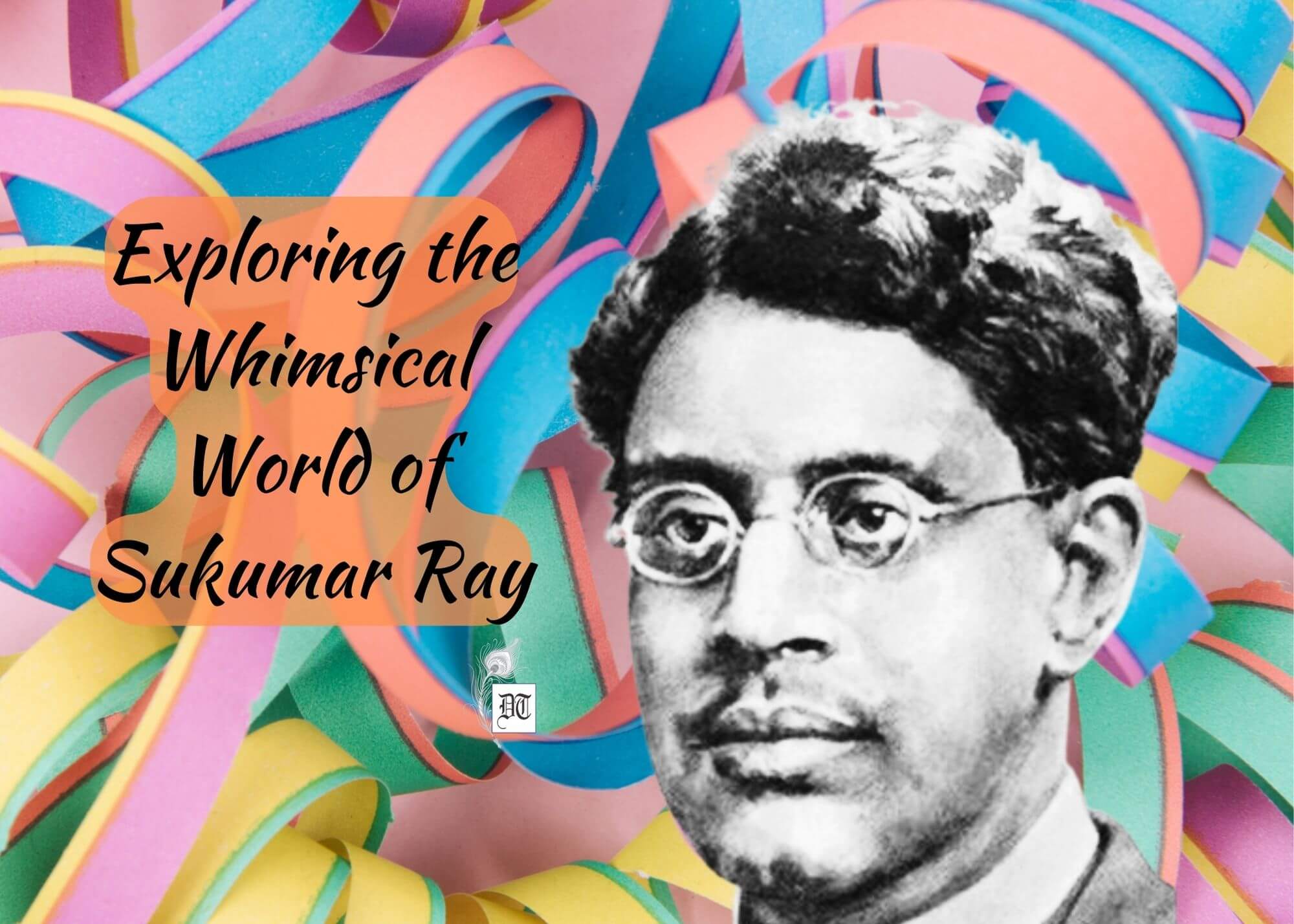Sukumar Ray crafted whimsical works like limericks, stories, and plays, blending childlike charm and cruelty to maintain realness, states Madhuri, exclusively for Different Truths.

Sukumar Ray (1887–1923) had filled his short life with a range of activities that left him little time to devote to what he liked best—writing and drawing for children. Born into a printer’s family, professionally a painter and designer himself, his limericks, stories, and plays are motivated by a spirit of nonsense that subverts and distorts words and familiar images alike, with the real lurking close by and yet not quite surfacing.
There was something of the child with the child’s natural charm and cruelty, in the way he used violence in his poetry and in the illustrations that often accompanied the poems. In a poem translated by Satyajit Ray (Sukumar’s illustrious son) as Prey for Me, there appears one of Sukumar’s enormous and grotesque creatures with a human body, a long neck, and an animal head with three horns, a massive moustache, and a large circle for the eyes and nose initially. pleading whiningly:
Don’t be scared, my little man - Thinking I am going to bite you? Silly nation! Don’t you know? I have no strength to fight you. I know the horns upon my head Must seem a trifle shocking But butting pains my head, and so They're seldom used for knocking.
Sukhlata Rao, Sukumar’s elder sister… recalled and created many visions and mischievous children.
Sukhlata Rao, Sukumar’s elder sister and a major writer in her own right (through the publication of her own collected works), recalled and created many visions and mischievous children.
The grown-up Sukumar often chose typically Bengalee attitudes and ideals for targets of his satiric flings, and Bengalis, generally self-critical, have lapped up several of these “characters,” like the compulsive humorist’s old tickle-my-ribs:
Who pinches you black to induce you to chuckle? And pokes at your ribs with an old knuckle Or tickles your side as tumbles with glee, You must wring out a laugh if you want to go free.
or The Inventor who creates the ultimate speeding device, or, for easy-going humankind, a contraption. Even encyclopaedia:
The book is crammed with matters of weight The right pecking order in bureaus of state The way to cook chutney or steam a pilau or medical matters, the wherefores and how.
Several of his characters have, over the years, come to be icons.
Several of his characters have, over the years, come to be icons of what Bengalis consider to be inalienable and mostly unpleasant. Features and contradictions of the Bengali psyche Luckily, with his translators Satyajit Ray, Arany Banerjee, and Sukanta Chaudhari, Ray would still have relevance for readers in other cultures and would maybe belong more with the German Wilhelm Busch than the British Edward Lear.
Picture design by Anumita Roy





 By
By

 By
By